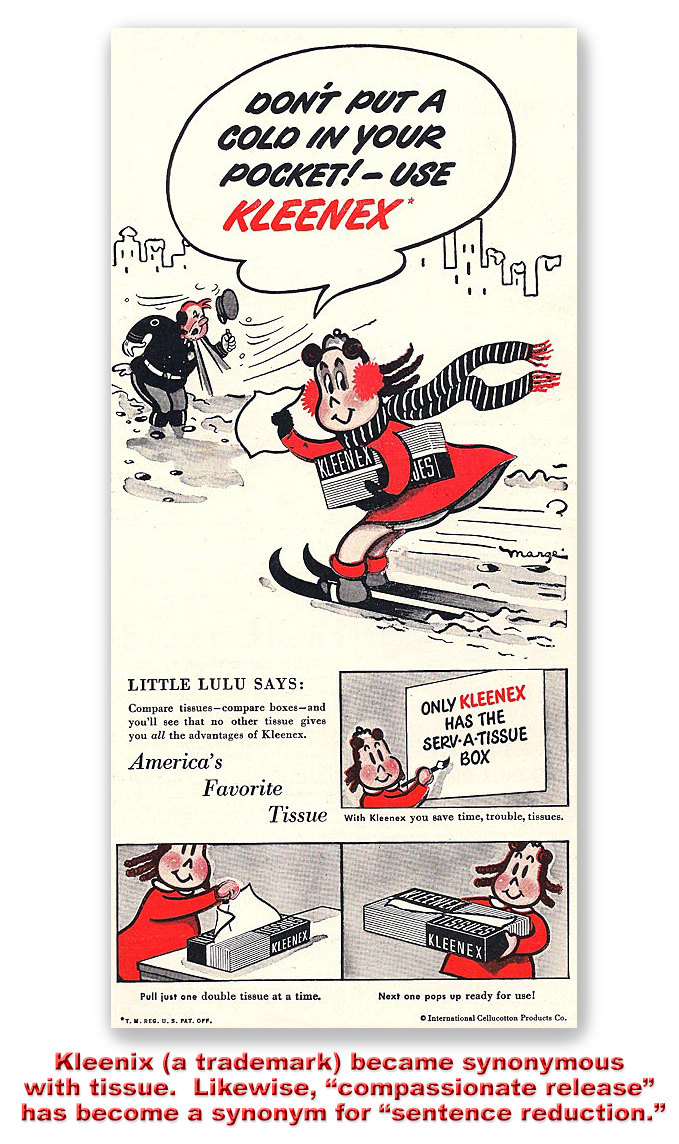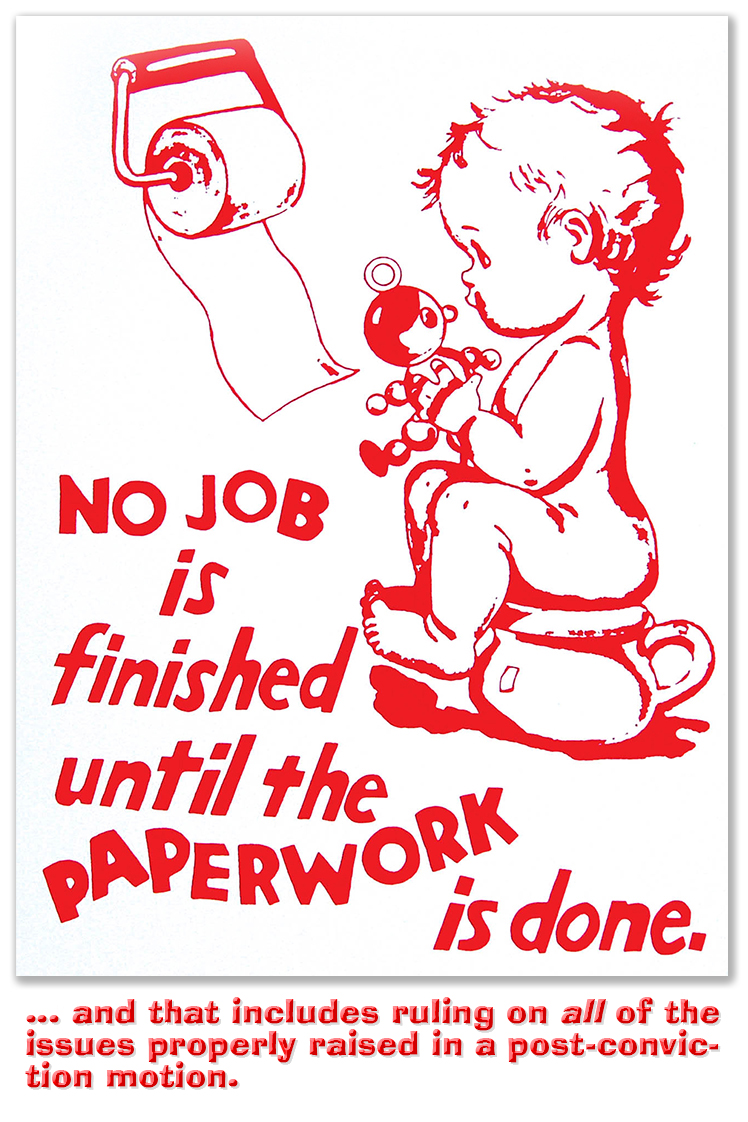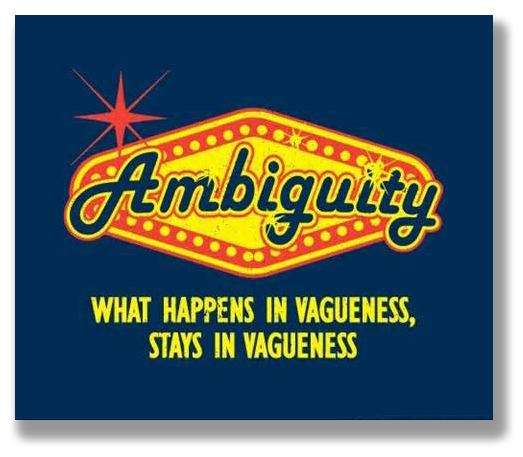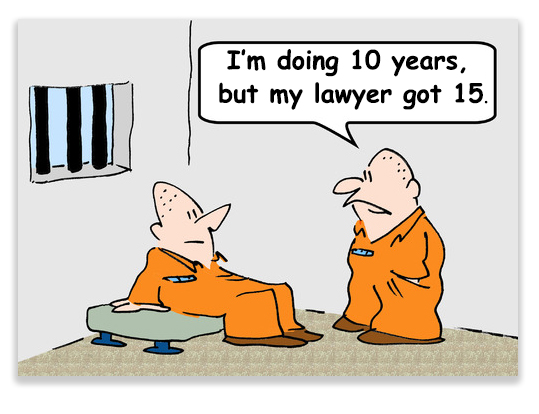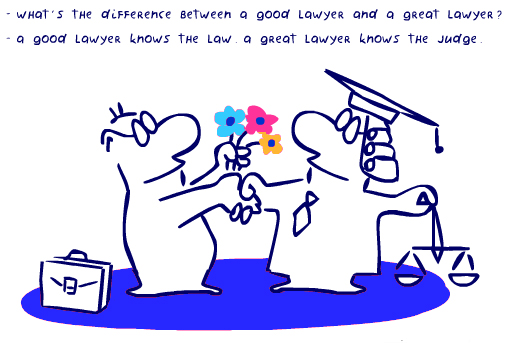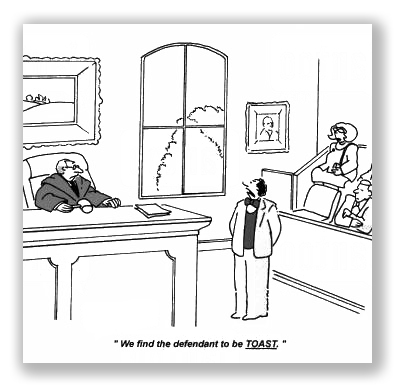We post news and comment on federal criminal justice issues, focused primarily on trial and post-conviction matters, legislative initiatives, and sentencing issues.

GOING BACK TO THE WELL
 Any federal prisoner who has filed a post-conviction habeas corpus motion under 28 USC § 2255 knows that the § 2255 remedy – a powerful way to get as conviction overturned or sentence vacated – is pretty much a one-and-done thing: you can’t file a second § 2255 without permission from a court of appeals (pursuant to 28 USC § 2244). Getting that permission is a pretty tall order, requiring that you show there’s a new Supreme Court decision that the Court has decided should be applied retroactively to cases already decided, or you have some newly-discovered evidence that is so boffo that the jury would have acquitted you and the judge himself would have driven you home.
Any federal prisoner who has filed a post-conviction habeas corpus motion under 28 USC § 2255 knows that the § 2255 remedy – a powerful way to get as conviction overturned or sentence vacated – is pretty much a one-and-done thing: you can’t file a second § 2255 without permission from a court of appeals (pursuant to 28 USC § 2244). Getting that permission is a pretty tall order, requiring that you show there’s a new Supreme Court decision that the Court has decided should be applied retroactively to cases already decided, or you have some newly-discovered evidence that is so boffo that the jury would have acquitted you and the judge himself would have driven you home.
Charlie Armstrong thought he had found a work-around that would let him file a second § 2255 without having to jump through the § 2244 hoop. After being convicted and imprisoned on a marijuana charge, Charlie found himself to be the beneficiary of the Sentencing Commission’s 2014 reduction of drug-crime scoring for Guidelines sentence. The change was essentially an across-the-board reduction of two levels, and people already sentenced were allowed to apply two their sentencing judges for discretionary resentencing applying the 2-level reduction under the procedure laid out in 18 USC § 3582(c)(2).
After his conviction but before the 2014 Guidelines reduction, Charlie filed a § 2255 motion alleging ineffective assistance of trial and appellate counsel. While the § 2255 motion was pending, the Sentencing Commission adopted Amendment 782, and after Charlie applied to his sentencing court, his judge cut his sentence by 25%.
 Some time later, the district court got around to denying Charlie’s § 2255 motion (which, alas, is the fate of most such motions). Charlie promptly filed a second § 2255, challenging his newly-reduced sentence on the basis of ineffective assistance of his attorney. Charlie explained that he didn’t need § 2244 permission to file the new motion, because his 2-level reduction was a new, intervening judgment giving him the right to challenge the new sentence with a § 2255, essentially giving him a § 2255 mulligan.
Some time later, the district court got around to denying Charlie’s § 2255 motion (which, alas, is the fate of most such motions). Charlie promptly filed a second § 2255, challenging his newly-reduced sentence on the basis of ineffective assistance of his attorney. Charlie explained that he didn’t need § 2244 permission to file the new motion, because his 2-level reduction was a new, intervening judgment giving him the right to challenge the new sentence with a § 2255, essentially giving him a § 2255 mulligan.
The district court disagreed, and dismissed the new § 2255 petition as a second or successive motion.
The 2010 Supreme Court Magwood v. Patterson decision held that if “there is a ‘new judgment intervening between the two [§ 2255] petitions, an application challenging the resulting new judgment is not second or successive.” With this opinion in hand, Charlie appealed the district court’s denial, arguing his 2-level reduction was the exactly the kind of new judgment Magwood had in mind.
 Last week, the 11th Circuit turned him down. The Circuit said that in Magwood, the sentencing court “conducted a full resentencing and reviewed the aggravating evidence afresh,” the 11th said, giving the sentencing judge a chance to commit new errors or to repeat the same errors as in the original sentence. But a § 3582(c)(2) sentence reduction “does not authorize a sentencing or resentencing proceeding.” Instead, it simply “provides for the ‘modification of a term of imprisonment’ by giving courts the power to ‘reduce’ an otherwise final sentence in circumstances specified by the Commission.”
Last week, the 11th Circuit turned him down. The Circuit said that in Magwood, the sentencing court “conducted a full resentencing and reviewed the aggravating evidence afresh,” the 11th said, giving the sentencing judge a chance to commit new errors or to repeat the same errors as in the original sentence. But a § 3582(c)(2) sentence reduction “does not authorize a sentencing or resentencing proceeding.” Instead, it simply “provides for the ‘modification of a term of imprisonment’ by giving courts the power to ‘reduce’ an otherwise final sentence in circumstances specified by the Commission.”
Armstrong v. United States, Case No 18-13041, 2021 U.S. App. LEXIS 3265 (11th Cir., February 5, 2021)
– Thomas L. Root



